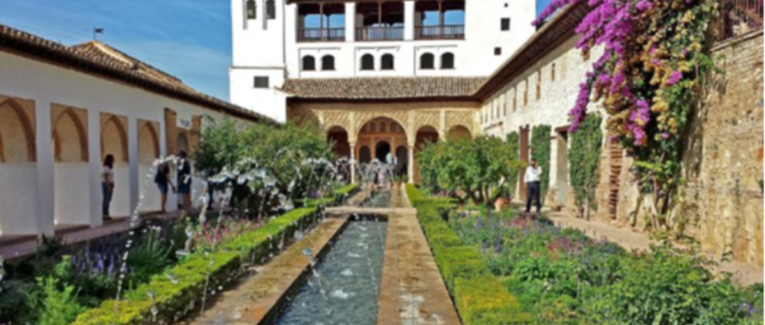
A Brief History of Gardening
 4 min
4 min
A Brief History of Gardening
You take gardening for granted.
Gardening does not seem important to you because most people participate in some form of gardening. Has it ever occurred to you how gardening began? Prolonged development turned basic horticultural activities into the present-day vegetable and flower cultivation systems. The following paragraph presents an abridged timeline of cultivation throughout history.
Ancient Gardening
The inception of gardening emerged with the introduction of forest gardening. Forest gardening represents an ancient system of cultivating food. People began grouping food-producing vines and trees after discovering these plants for easier access to their food. Ornamental garden design became progressively more intricate from these initial gardens. Rich citizens were the sole group with access to these gardens.
Gardening in the Middle Ages
During the Middle Ages, the practice of ornamental gardening witnessed some decl
This is a Prime publication
To access, subscribe to the Creative Room Gardening by Ed-It
Membership benefits:

Full access to exclusive content and archives

Early access to new content

Comment on the author's publications and join the community of subscribers

Get a notification for each new publication
Subscribing is a way of supporting an author in the long run
Subscribe to the Creative Room








 English
English
 Français
Français
 Deutsch
Deutsch
 Italiano
Italiano
 Español
Español



 Contribute
Contribute
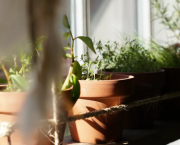
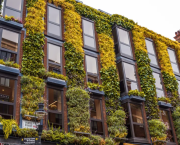
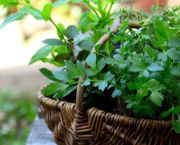
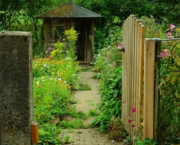





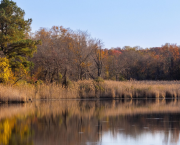


 You can support your favorite writers
You can support your favorite writers






Le bloc commentaire est réservé aux abonnés.
Subscribing is a way of supporting an author in the long run
Subscribe to the Creative Room